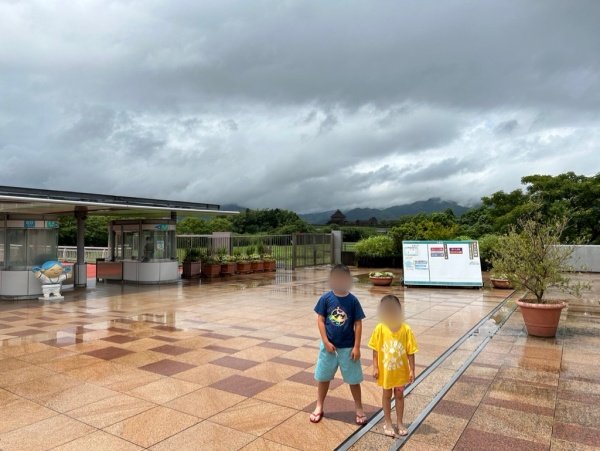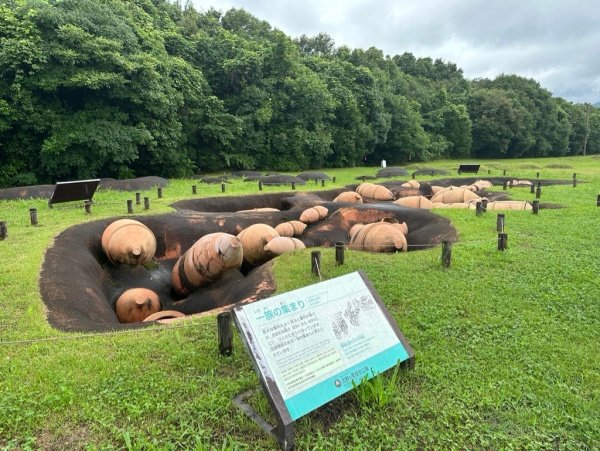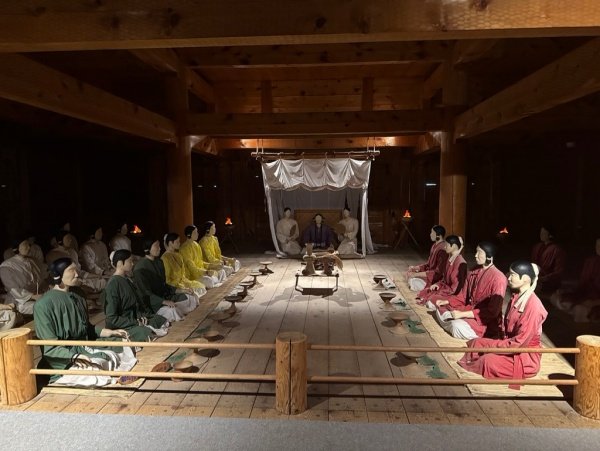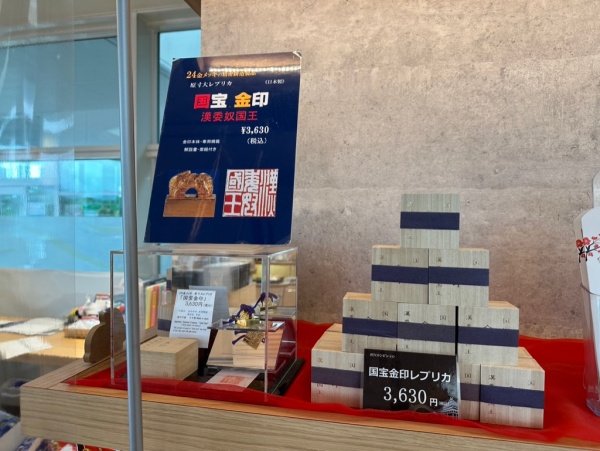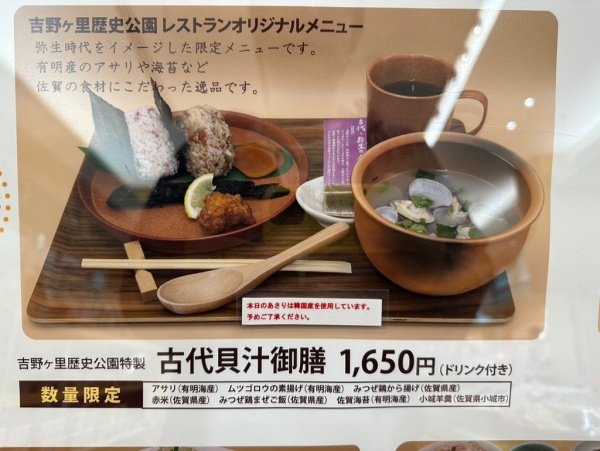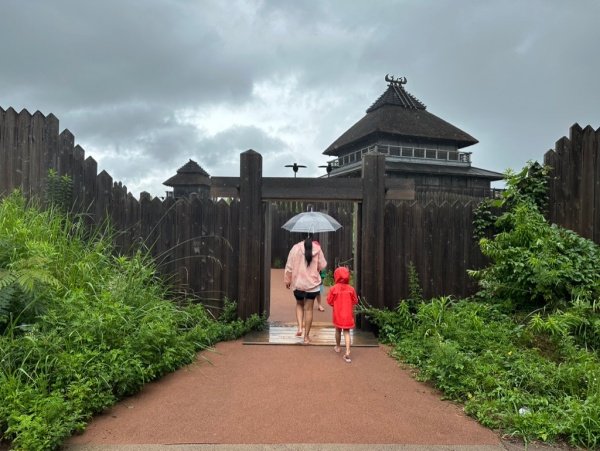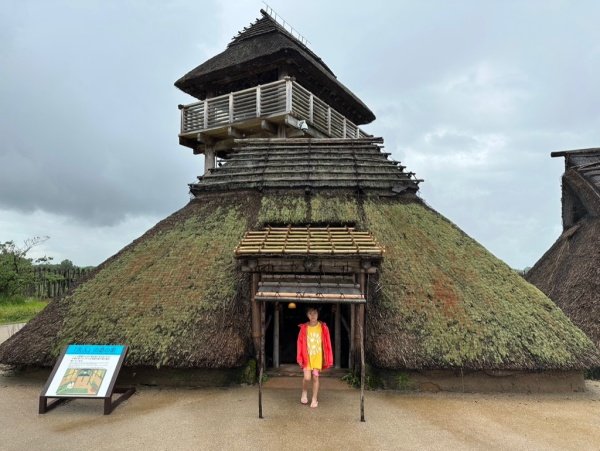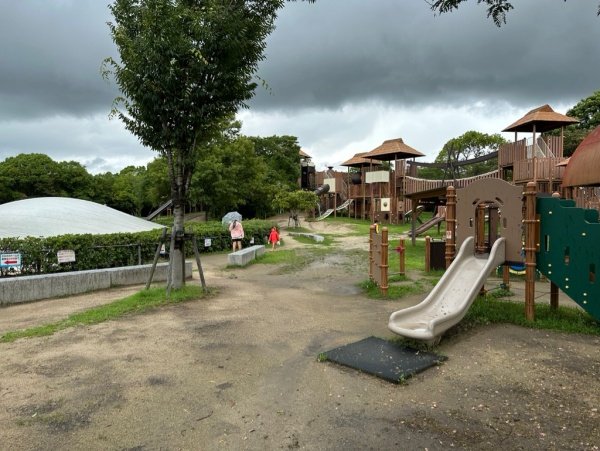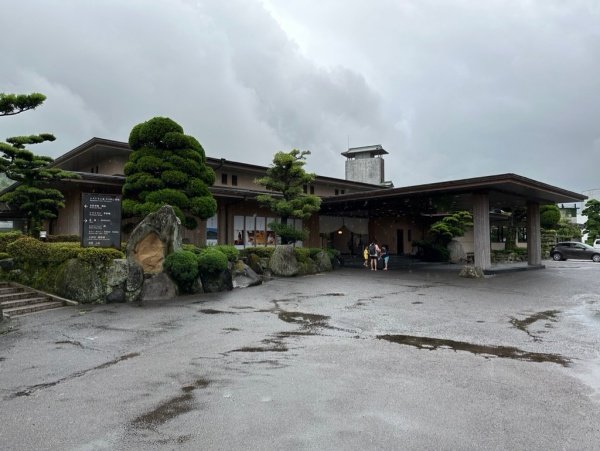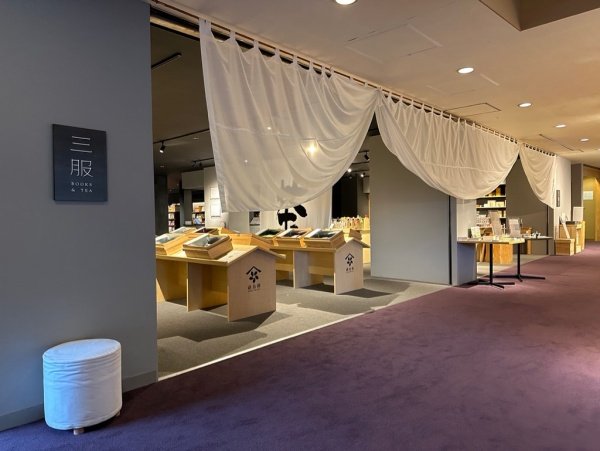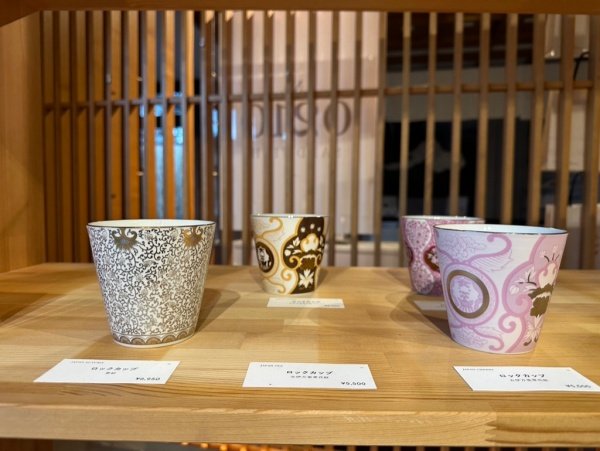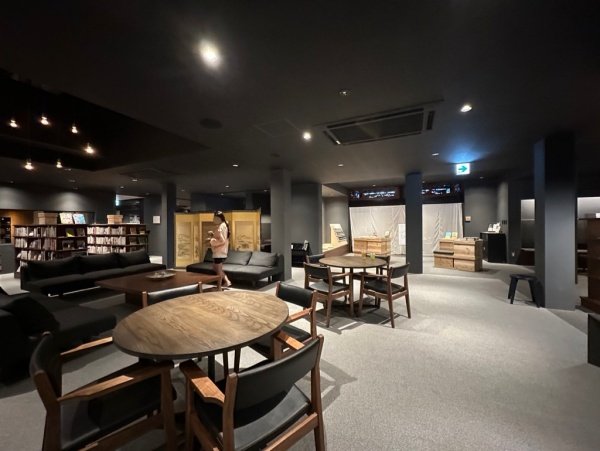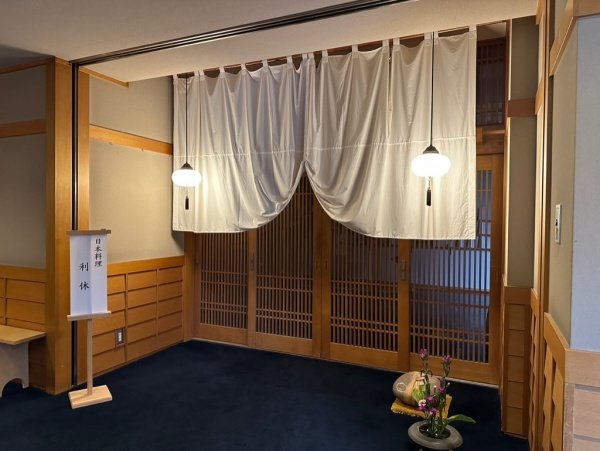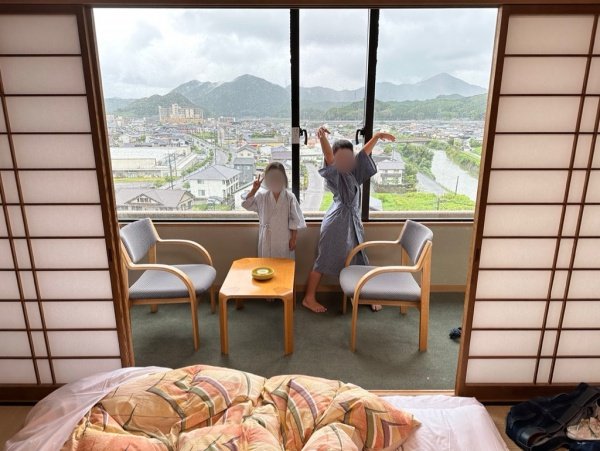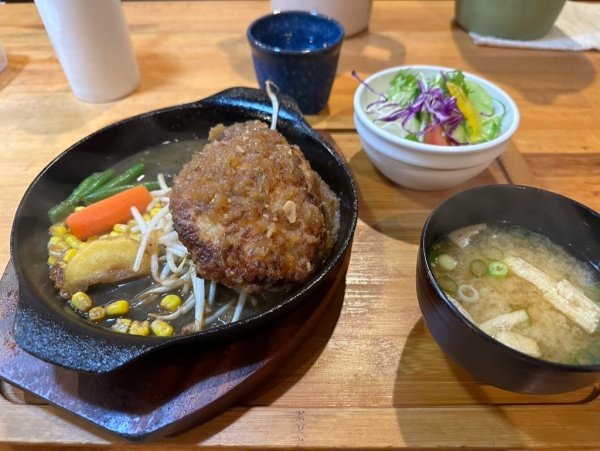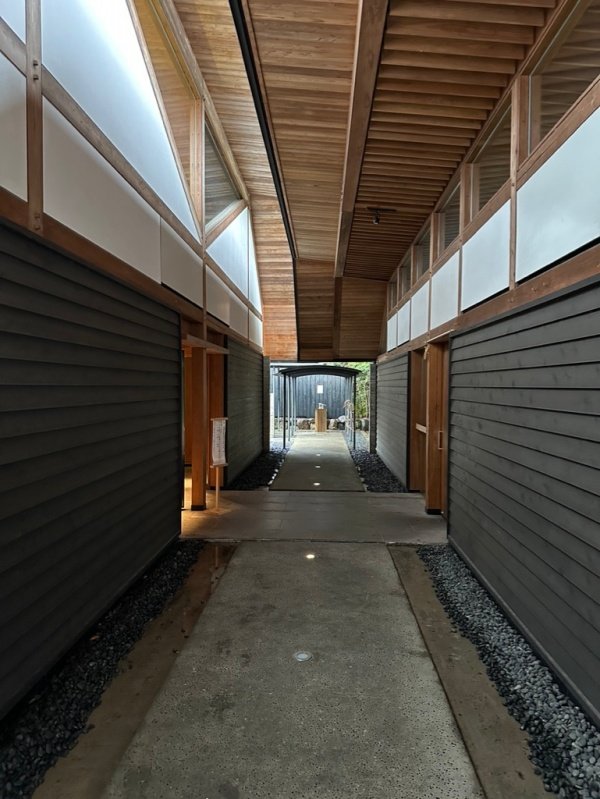Kyushu Quest Chapter 2: Exploring Yoshinogari Iseki and Ureshino Onsen
Today, we’re venturing into Saga Prefecture. While Saga isn’t exactly a top tourist destination—either for foreigners or even locals—it’s an underrated gem with a lot to offer. Our focus today is on two must-see spots: Yoshinogari Iseki (吉野ヶ里遺跡) and Ureshino Onsen (嬉野温泉).
Japan is currently in its typhoon season, and unfortunately, our journey brought us right into a band of heavy rain. As we drove along the highway, the rain was so intense that even with the wipers at full speed, we could barely see. There were no other cars on the road, as warnings had been issued across the region advising against travel. Some towns had been badly flooded, with flash floods destroying rice fields and homes. The heavy rain continued on and off throughout the morning, and we could barely escape it.
When we arrived at Yoshinogari Iseki, the rain hadn’t let up, and we ended up waiting in the car for about 30 minutes. We almost gave up, but decided to take a chance when the rain lightened a little. It was still drizzling, but at least we could walk, so we quickly made our way to the entrance.
Yoshinogari Iseki is a major archaeological site in Saga, dating back to the Yayoi period (300 BCE–300 CE). It offers a fascinating look into early Japanese society, with reconstructed dwellings, defensive structures, and evidence of advanced agriculture like rice paddies and irrigation systems. Excavations have uncovered a variety of artifacts, including pottery and tools, shedding light on ancient daily life and trade. The site also features burial mounds and tombs, offering insights into religious practices and social hierarchies. In addition to its historical significance, Yoshinogari Iseki has an interactive museum and hosts seasonal cultural events, such as the Yayoi Festival, where visitors can experience traditional music, reenactments, and hands-on activities. Set in a peaceful natural environment, the site is a wonderful destination for history buffs, families, and anyone interested in Japan’s ancient past. Its combination of history, culture, and scenic beauty makes it an unforgettable experience.
Afterward, we grabbed lunch at the souvenir shop. We tried Japanese curry and udon noodles. Japanese souvenir shops are always interesting—they typically sell everything from local delicacies and manga-themed trinkets to unique traditional gifts.
We entered the site from the east entrance and took a stroll to the north entrance, passing by various ruins and reconstructed structures. Then, we walked all the way to the south entrance before heading back to the east entrance. The site spans about 40 hectares (100 acres), so it was quite a walk! Our kids had a blast running around. Unfortunately, the playgrounds were closed due to the weather, but the indoor facilities—hosting exhibitions, craft-making classes, and a souvenir shop—were open and we enjoyed exploring. The kids tried their hands at ancient braid-making techniques and creating decorations with materials found in the woods. My daughter also wanted to try making ornamental stones, but we missed the last class. Overall, this is a very family-friendly, underrated educational spot, and I only wish we had sunny weather to fully appreciate it.
For the night, we stayed at Ureshino Onsen, which is just under an hour away from Yoshinogari Iseki. Ureshino Onsen is a famous hot spring town with a history stretching back over 1,300 years. Known for its high-quality, mineral-rich waters, it’s especially famous for its “shampoo water” or “silky water,” which is said to be great for the skin, leaving it feeling soft and smooth. While the town's population has been declining and it’s not as lively as it once was, Ureshino still attracts tourists with its combination of natural beauty, rich cultural heritage, and soothing hot springs. Surrounded by lush hills and tranquil rivers, it offers a serene retreat. Additionally, Ureshino is famous for its high-quality green tea, and visitors can enjoy tea-related experiences.
The town has several ryokan (traditional inns) and public baths, many of which offer outdoor baths with stunning views. We stayed at Wataya Besso (和多屋別荘), a beautiful inn with a charming main building, quaint souvenir shops, and excellent dining options. I particularly loved their open-air hot spring.
However, there was a bit of a downside: our guestroom. Despite requesting a non-smoking room, we noticed the hallway smelled strongly of smoke. Although the room itself was mostly fine, whenever we opened the door, the smoke smell would drift in. It was disappointing, especially because the public areas like the lobby, baths, shops, and restaurants were clean and smoke-free. It seems the issue was from a few heavy smokers on our floor and poor ventilation in the hallway. I think the hotel should consider isolating smokers in a separate building to enhance guest comfort.
For dinner, our kids were in the mood for authentic Western-style Japanese cuisine, so we visited Handmade Hamburger Shop Crayon, a cozy little restaurant. Both kids loved the rich, flavorful hamburger steaks—so much so that I ordered a large portion, but could’ve easily finished more! Afterward, we went back to the hotel and headed straight to the onsen. Soaking in an open-air hot spring while listening to the sound of frogs was incredibly relaxing. My son, an already devoted onsen lover, thoroughly enjoyed it. Although he can’t stay in the hot water for long, he loves it so much, looking up at the sky and exclaiming “ahh” and “ohh” at the beauty of it all. He’s growing up so fast!

